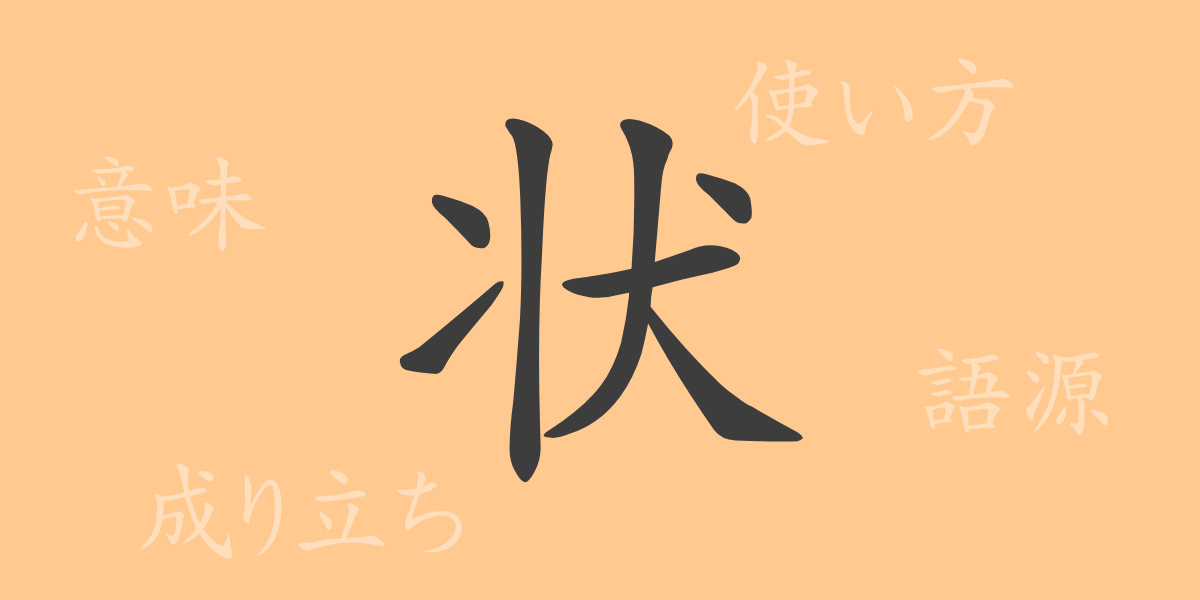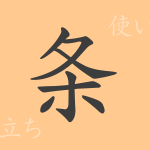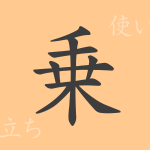The Japanese kanji “状(じょう)” embodies a rich vocabulary used to express emotions and situations. Though commonly used in daily life and business, the origins and diverse applications of “状” are not widely known. This article explores the etymology, meanings, and usages of “状,” as well as related idioms and proverbs, delving into the extensive world this single character encompasses.
Origins of 状(じょう)
The kanji “状” originated from ancient Chinese oracle bone script. Initially representing a dog, it evolved to depict a dog conveying something, reflecting the significant role of service dogs in ancient China. Over time, the emphasis on transmission evolved “状” into a character symbolizing various conditions and states.
Meaning and Usage of 状(じょう)
“状” encompasses meanings such as “form,” “condition,” and “manner.” It is used in specialized fields like law and medicine but generally refers to the status or progress of events and circumstances. In texts, it functions as a noun or adjectival verb, proving invaluable for describing specific instances or situations.
Readings, Stroke Count, and Radical of 状(じょう)
“状” is a fundamental kanji in Japanese, with its reading and structure outlined as follows:
- Readings: On’yomi (音読み) “ジョウ”; there are no common Kun’yomi (訓読み).
- Stroke Count: “状” consists of 12 strokes.
- Radical: The radical is “犬(いぬ),” with the variant “犬偏(けんへん)” used in this character.
Idioms, Phrases, and Proverbs Using 状(じょう) and Their Meanings
“状” appears in many idioms and phrases, each illustrating the versatility of Japanese expressions:
- “状況(じょうきょう)”: Refers to the progression or circumstances surrounding an event, commonly used in business and everyday conversation.
- “状態(じょうたい)”: Describes the condition or state of things or persons at a specific time, used in fields like medicine and psychology.
- “体状(たいじょう)”: Pertains to physical condition or health status, primarily used in medical contexts.
- “好機到来の状(こうきとうらいのじょう)”: Means “signs of an arriving opportunity,” expressing the advent of a favorable situation.
Conclusion on 状(じょう)
The kanji “状” offers a spectrum of meanings and applications in Japanese, from its origins and structure to its contemporary usage and inclusion in various expressions. Understanding “状” enhances our communication, enabling richer and more accurate expressions in writing and conversation.

























